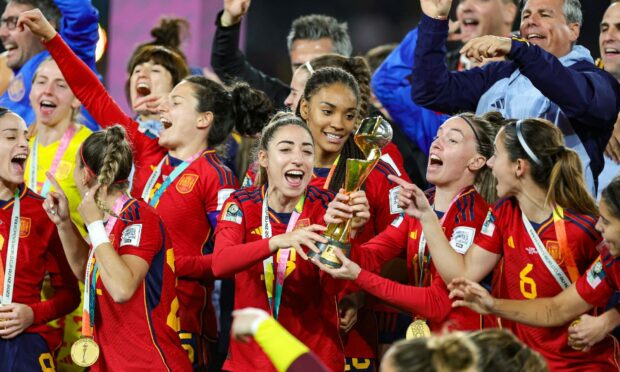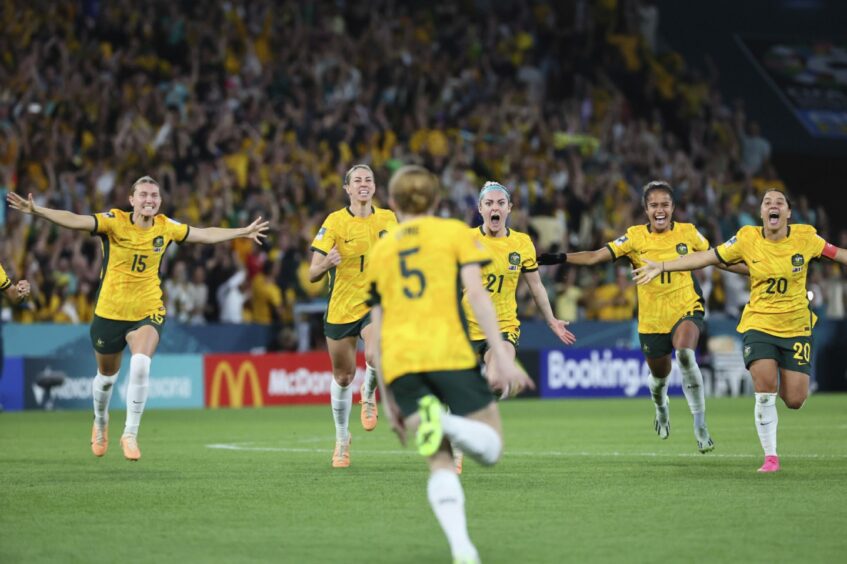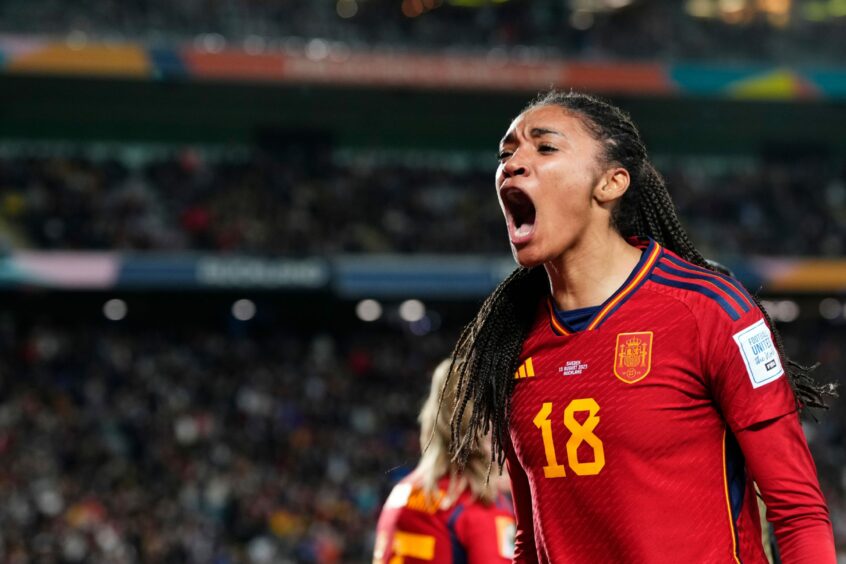This is the moment from which women’s football should not turn back. The Women’s World Cup has delivered.
A global audience of millions around the world, record attendances in stadia, pure theatre on the field; any doubts of how the game would perform under the spotlight have been dispatched quicker than a Chloe Kelly penalty.
Australia are seasoned pros when it comes to hosting international sporting events. They have World Cups in rugby and cricket in their back pocket. Olympics and Commonwealth Games? Please, we can do this in our sleep.
What has changed is how the Matildas have caught the imagination of the sporting public Down Under, to the extent where established sporting events were held up to screen their games.
In Sam Kerr they have their phenomenon, who will have been frustrated her status as tournament poster-girl was disrupted by a troublesome calf issue. Still, in the semi-final defeat to England, she got her “pinch-me” moment.
Off-field issues need to be highlighted
What has made the competition all the more remarkable is the backdrop of which some nations have been performing.
Spain are at the front of the queue on this issue. They defeated England yesterday with an exhibition of finesse and technical quality, quelling any momentum the Lionesses had built up.
However their run to the final had almost been accompanied by a verbal asterisk whenever it was discussed, any appraisal of Jorge Vilda and his side’s success caveated by the fact 12 players chose not to make themselves available because they took a stance for something greater than themselves.
Vilda is not the first unpopular manager to be successful – Jose Mourinho and Antonio Conte have had careers littered with silverware and shattered egos – but the crying shame is that Spain have been this good without the likes of Mapi Leon and Claudia Pina.
In their absence Salma Paralluelo has emerged as a sensation, a surge of lightning through a team of pretty but at-times prosaic patterns.
There are by no means the only side who have faced internal or external strife. Jamaica, Canada, Nigeria and Zambia have all had to perform in the midst of sagas playing out in the background. France only resolved their lingering crisis by removing deeply unpopular coach Corinne Diacre prior to the World Cup beginning.
But there are also stories to reflect fondly on. Morocco highlighted the benefit of paying serious investment into your women’s football programme, advancing to the last 16 for the first time. The scenes at the end of their win over Colombia, players huddled round a phone awaiting news of Germany’s surprise exit, was one of the World Cup’s endearing sights.
Message is simple – take it seriously
For those looking on the outside in at this tournament – not so much the players but the governing bodies – it is a lesson in what must be done if you want a slice of the cake.
The message should not be difficult to comprehend or complex to enact: treat your women’s team seriously.
The World Cup has highlighted there need not be any humming and hawing when it comes to budgetary decisions, decided what resources would and wouldn’t be fair to allocate to your women’s national team. Give them the same access to revenue and resources as the men and watch it grow.
Gianni Infantino’s latest foot-in-mouth turn at the lectern was indication strides still need to be made. While you can acknowledge his points about revenue and moving towards equal pay – when isn’t it about the bottom line with Fifa – urging women to “pick their fights” is hardly a wise stance when they’ve had to fight to get this far.
“With men, with Fifa, you will find open doors. Just push the doors” – tell that to the national teams listed above who must feel like they’ve been banging heads against a collective iron-clad door held shut by their respective organisations.
Scotland are not immune from any learnings either. They will be the first opponents for England on the back of this World Cup and while the dispute between the players and the Scottish FA has simmered a little, there is still work to be done in getting the women’s game in this country – domestically and internationally – to where it should be.
Strides are being made all the time. More full-time managers and players are only going to drive up standards. Higher-quality players at club level feeds the national team, which in turn boosts qualification prospects for major tournaments.
The World Cup has delivered a stage-show its participants can be proud of. It’s time for more cast members to get on board.



Conversation